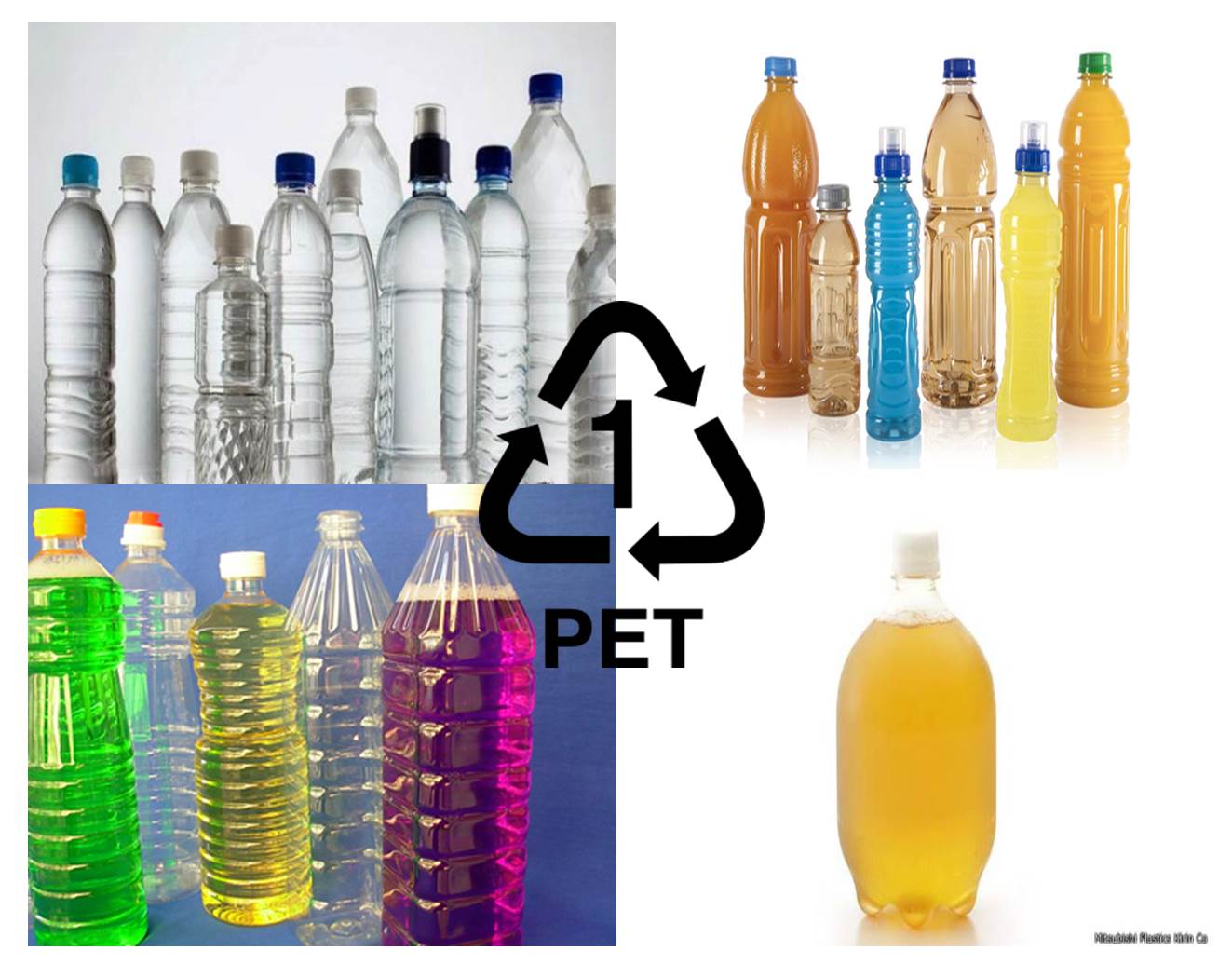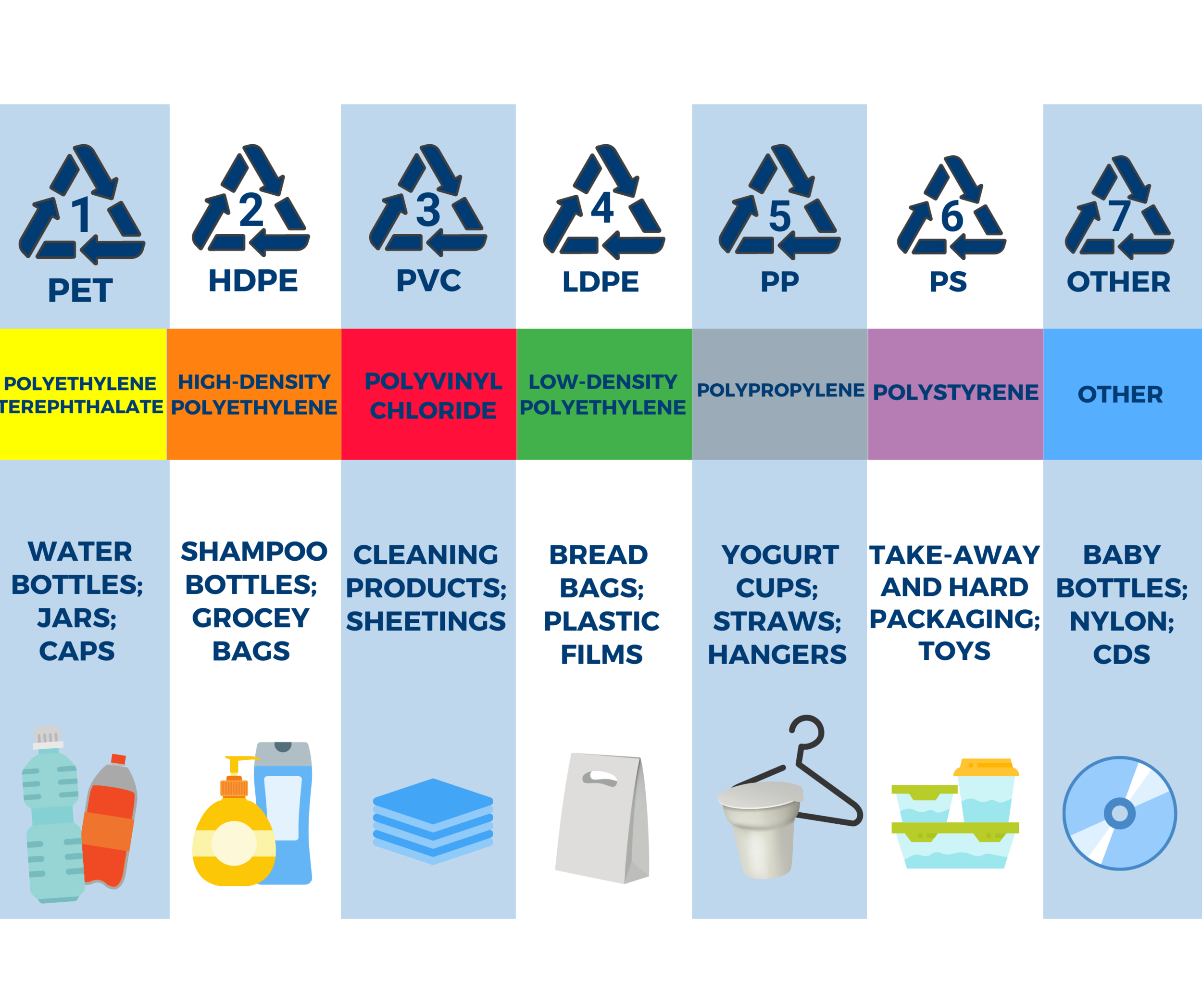Pet 2 Plastic, a transformative concept, offers a novel solution to the pressing issue of pet waste pollution. By harnessing the potential of biodegradable materials and innovative waste management techniques, this approach promises to revolutionize the way we manage our furry friends’ waste, safeguarding both our environment and the well-being of marine ecosystems.
The staggering amount of pet waste produced annually poses a significant environmental threat, contaminating landfills and waterways. However, Pet 2 Plastic presents a beacon of hope, providing a sustainable solution that not only addresses this challenge but also unlocks valuable resources.
Environmental Impact of Pet Waste
The environmental impact of pet waste is a growing concern as the number of pets in households increases. Pet waste can contaminate water sources, contribute to greenhouse gas emissions, and take up valuable landfill space.
According to the American Pet Products Association, there are approximately 90.5 million owned dogs and 94.2 million owned cats in the United States. These pets produce an estimated 10.6 million tons of waste annually, which is enough to fill over 100,000 garbage trucks.
Landfill Impact
Pet waste is a major contributor to landfills. When pet waste is not properly disposed of, it can end up in landfills, where it decomposes and releases methane, a potent greenhouse gas. Methane is 25 times more potent than carbon dioxide in terms of global warming potential.
Water Contamination
Pet waste can also contaminate water sources. When pet waste is left on the ground, it can be washed away by rain or stormwater runoff into nearby waterways. Pet waste contains bacteria and parasites that can make people and animals sick.
For example, dog waste can contain the bacteria Salmonella and E. coli, which can cause gastrointestinal illness in humans.
Greenhouse Gas Emissions
In addition to methane emissions from landfills, pet waste also contributes to greenhouse gas emissions through the production of nitrous oxide. Nitrous oxide is a greenhouse gas that is 298 times more potent than carbon dioxide. Nitrous oxide is produced when pet waste is broken down by bacteria in the soil.
Pet Waste Management Solutions

Pet waste management is an important aspect of responsible pet ownership. Improper disposal of pet waste can lead to environmental and health problems. Various solutions exist for managing pet waste effectively, each with its own advantages and disadvantages.
Composting
Composting is a natural process that breaks down organic matter into a nutrient-rich soil amendment. Pet waste can be composted along with other organic materials, such as yard waste and food scraps. The resulting compost can be used to fertilize gardens and lawns.
Advantages:
- Reduces waste sent to landfills.
- Creates a nutrient-rich soil amendment.
- Reduces the need for chemical fertilizers.
Disadvantages:
- Requires space and time to compost.
- Can attract pests and rodents.
- May not be suitable for large amounts of pet waste.
Anaerobic Digestion
Anaerobic digestion is a process that breaks down organic matter in the absence of oxygen. Pet waste can be digested along with other organic materials, such as manure and food waste. The resulting biogas can be used to generate electricity or heat.
Advantages:
- Produces renewable energy.
- Reduces greenhouse gas emissions.
- Creates a nutrient-rich digestate that can be used as fertilizer.
Disadvantages:
- Requires specialized equipment and expertise.
- Can be expensive to set up and operate.
- May not be suitable for small amounts of pet waste.
Incineration, Pet 2 plastic
Incineration is a process that burns organic matter at high temperatures. Pet waste can be incinerated along with other waste materials, such as trash and medical waste. The resulting ash can be disposed of in a landfill.
Advantages:
- Reduces the volume of waste sent to landfills.
- Destroys pathogens and parasites.
- Can be used to generate electricity or heat.
Disadvantages:
- Releases air pollutants, including greenhouse gases.
- Can be expensive to operate.
- May not be suitable for large amounts of pet waste.
Plastic Pollution from Pet Waste: Pet 2 Plastic

Pet waste is a significant contributor to plastic pollution in oceans and waterways. Plastic bags and other plastic items used to collect and dispose of pet waste often end up in landfills, where they can take hundreds of years to decompose.
When these plastic items break down, they release harmful chemicals into the environment, which can contaminate soil and water sources.
In addition, pet waste can also contain harmful bacteria and parasites, which can contaminate water sources and pose a health risk to humans and animals. When pet waste is not properly disposed of, it can wash into storm drains and waterways, where it can be carried out to sea.
This can have a devastating impact on marine life and ecosystems.
Impact on Marine Life and Ecosystems
Plastic pollution from pet waste can have a devastating impact on marine life and ecosystems. Plastic bags and other plastic items can entangle marine animals, causing them to drown or starve. Plastic can also be ingested by marine animals, which can block their digestive tracts and lead to malnutrition or death.
In addition, plastic pollution can also damage coral reefs and other marine habitats. Plastic bags and other plastic items can smother coral reefs, blocking out sunlight and preventing them from photosynthesizing. Plastic can also leach harmful chemicals into the water, which can damage coral reefs and other marine life.
Ways to Reduce Plastic Waste from Pet Waste
There are a number of ways to reduce plastic waste from pet waste. One way is to use biodegradable pet waste bags. Biodegradable bags are made from plant-based materials, which break down naturally in the environment. Another way to reduce plastic waste is to compost pet waste.
Composting pet waste is a great way to recycle nutrients back into the soil and reduce the amount of waste that goes to landfills.
Finally, it is important to dispose of pet waste properly. Pet waste should be placed in a designated waste receptacle or composted. Never flush pet waste down the toilet, as this can contaminate water sources.
Biodegradable Pet Waste Bags

Biodegradable pet waste bags are a more environmentally friendly alternative to traditional plastic bags. They are made from plant-based materials, such as corn starch or cellulose, which break down naturally in the environment. This helps to reduce the amount of plastic pollution in our landfills and oceans.
There are two main types of biodegradable pet waste bags: compostable and non-compostable. Compostable bags are made from materials that can be broken down by microorganisms in a compost pile. Non-compostable bags are made from materials that will not break down in a compost pile, but they will still break down naturally in the environment over time.
Biodegradable pet waste bags are typically more expensive than traditional plastic bags, but they are worth the investment if you are concerned about the environment. They are also more convenient to use, as you can simply toss them in the compost pile or trash can.
Tips for Choosing and Using Biodegradable Pet Waste Bags
- Look for bags that are made from plant-based materials, such as corn starch or cellulose.
- Choose compostable bags if you have a compost pile.
- Use the bags as directed by the manufacturer.
- Dispose of the bags properly in a compost pile or trash can.
Pet Waste as a Resource

Pet waste has often been regarded as a nuisance, but it holds immense potential as a valuable resource. It contains significant amounts of organic matter, nitrogen, phosphorus, and other nutrients that can be harnessed for energy production and fertilizer.
Conversion Technologies
Several technologies have been developed to convert pet waste into biogas and compost. Biogas plants utilize anaerobic digestion to break down organic matter in the absence of oxygen, producing methane-rich biogas that can be used for heating, cooking, or electricity generation.
Composting involves aerobic decomposition of organic matter, resulting in nutrient-rich compost that can enhance soil fertility and reduce the need for chemical fertilizers.
Economic and Environmental Benefits
Utilizing pet waste as a resource offers numerous economic and environmental benefits. By diverting pet waste from landfills, it reduces methane emissions, a potent greenhouse gas. Biogas production from pet waste can provide a renewable energy source, reducing reliance on fossil fuels and mitigating climate change.
Additionally, compost from pet waste can replace synthetic fertilizers, reducing the need for energy-intensive production and the associated environmental impacts.
Educational and Awareness Campaigns
Public education and awareness campaigns are crucial to reducing pet waste pollution. They inform pet owners about the environmental and health hazards associated with improper waste disposal and promote responsible waste management practices.
Effective strategies for educating pet owners include:
- Distributing educational materials, such as brochures and posters, at veterinary clinics, pet stores, and community centers.
- Conducting workshops and seminars to teach pet owners about proper waste disposal techniques.
- Utilizing social media and online platforms to disseminate information about responsible pet waste management.
Successful Educational Campaigns
Several successful educational campaigns have reduced pet waste pollution:
- The “Scoop the Poop” campaign in New York City resulted in a significant decrease in pet waste on sidewalks and in parks.
- The “Clean Up Your Act” campaign in Los Angeles County led to an increase in pet owners using biodegradable waste bags.
- The “Pawsitive Pooper” campaign in San Francisco educated pet owners about the importance of composting pet waste.
Concluding Remarks
As we delve deeper into the realm of Pet 2 Plastic, we uncover a wealth of possibilities. Biodegradable pet waste bags emerge as a game-changer, reducing plastic pollution and promoting a circular economy. Innovative technologies transform pet waste into biogas and compost, harnessing its potential as a renewable energy source and nutrient-rich fertilizer.
Educational campaigns empower pet owners with knowledge and inspire responsible waste disposal practices, fostering a collective commitment to a cleaner, healthier environment.
Pet 2 Plastic stands as a testament to our ingenuity and unwavering dedication to sustainability. By embracing this transformative approach, we can create a future where pet waste is no longer a burden but a valuable resource, fostering harmony between our furry companions and the planet we share.
Clarifying Questions
What are the environmental impacts of pet waste?
Pet waste can contaminate landfills and water sources, contributing to greenhouse gas emissions and harming marine life.
How does Pet 2 Plastic reduce plastic pollution?
Pet 2 Plastic promotes the use of biodegradable pet waste bags, reducing plastic waste and preventing its accumulation in oceans and waterways.
What are the benefits of using biodegradable pet waste bags?
Biodegradable pet waste bags decompose naturally, minimizing their environmental impact and promoting a circular economy.
How can pet waste be utilized as a resource?
Pet waste can be converted into biogas and compost, providing renewable energy and nutrient-rich fertilizer, transforming waste into valuable resources.